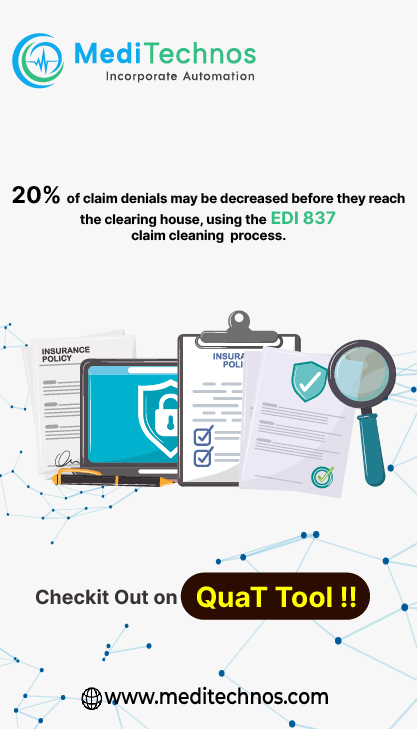GENERAL PRINCIPLES OF E/M DOCUMENTATION
“If it isn’t documented, it hasn’t been done” is an adage frequently heard in the health care setting.
Clear and concise medical record documentation is critical to providing patients with quality care and is required for you to receive accurate and timely payment for furnished services. Medical records chronologically report the care a patient received and record pertinent facts, findings, and observations about the patient’s health history. Medical record documentation helps physicians and other health care professionals evaluate and plan the patient’s immediate treatment and monitor the patient’s health care over time.
Health care payers may require reasonable documentation to ensure that a service is consistent with the patient’s insurance coverage and to validate:
* The site of service;
* The medical necessity and appropriateness of the diagnostic and/or therapeutic services provided; and/or
* That services furnished were accurately reported.
General principles of medical record documentation apply to all types of medical and surgical services in all settings. While E/M services vary in several ways, such as the nature and amount of physician work required, the following general principles help ensure that medical record documentation for all E/M services is appropriate:
* The medical record should be complete and legible;
* The documentation of each patient encounter should include:
• Reason for the encounter and relevant history, physical examination findings, and prior diagnostic test results;
• Assessment, clinical impression, or diagnosis;
• Medical plan of care; and
• Date and legible identity of the observer;
* If not documented, the rationale for ordering diagnostic and other ancillary services should be easily inferred;
* Past and present diagnoses should be accessible to the treating and/or consulting physician;
* Appropriate health risk factors should be identified;
* The patient’s progress, response to and changes in treatment, and revision of diagnosis should be documented; and
* The diagnosis and treatment codes reported on the health insurance claim form or billing statement should be supported by documentation in the medical record.
To maintain an accurate medical record, document services during the encounter or as soon as practicable after the encounter.
The levels of E/M services are based on four types of examination that are defined as follows:
• Problem Focused — a limited examination of the affected body area or organ system.
• Expanded Problem Focused — a limited examination of the affected body area or organ system and other symptomatic or related organ system(s).
• Detailed –– an extended examination of the affected body area(s) and other symptomatic or related organ system(s).
• Comprehensive — a general multi-system examination or complete examination of a single organ system.
For purposes of examination, the following body areas are recognized:
• Head, including the face
• Neck
• Chest, including breasts and axillae
• Abdomen
• Genitalia, groin, buttocks
• Back, including spine
• Each extremity
For purposes of examination, the following organ systems are recognized:
• Constitutional (e.g., vital signs, general appearance)
• Eyes • Ears, nose, mouth and throat
• Cardiovascular
• Respiratory
• Gastrointestinal
• Genitourinary
• Musculoskeletal
• Skin • Neurologic
• Psychiatric
• Hematologic/lymphatic/immunologic
The extent of examinations performed and documented is dependent upon clinical judgement and the nature of the presenting problem(s). They range from limited examinations of single body areas to general multi-system or complete single organ system examinations.
• DG: Specific abnormal and relevant negative findings of the examination of the affected or symptomatic body area(s) or organ system(s) should be documented. A notation of “abnormal” without elaboration is insufficient.
• DG: Abnormal or unexpected findings of the examination of the unaffected or asymptomatic body area(s) or organ system(s) should be described.
• DG: A brief statement or notation indicating “negative” or “normal” is sufficient to document normal findings related to unaffected area(s) or asymptomatic organ system(s).
• DG: The medical record for a general multi-system examination should include findings about 8 or more of the 12 organ systems.

